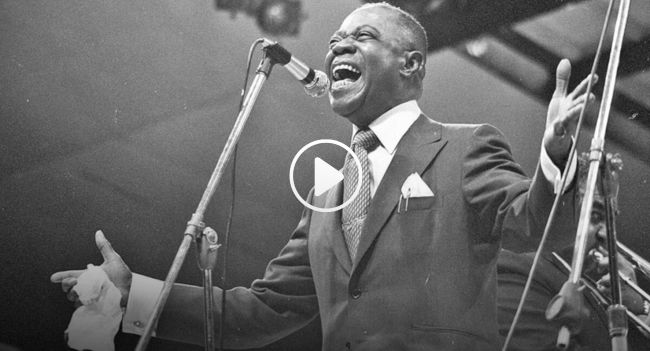Louis Armstrong, often referred to as “Satchmo” or “Pops,” was an American jazz musician and singer who became one of the most influential and celebrated figures in the history of jazz. Born on August 4, 1901, in New Orleans, Louisiana, Armstrong’s musical talent and charismatic personality left an indelible mark on the world of music, popularizing jazz and inspiring generations of musicians.
Early Life and the Birth of Jazz
Louis Armstrong’s journey began in the humble surroundings of New Orleans, a city known for its rich musical heritage and cultural diversity. He was raised in poverty by his mother and grandmother, and from a young age, he developed a passion for music. As a child, Armstrong showed a natural talent for singing and playing the cornet, an instrument similar to the trumpet.
His musical education started at the Colored Waif’s Home for Boys, a reform school where he received basic musical training and learned to play the cornet. This early exposure to music laid the foundation for his future career as a jazz musician.
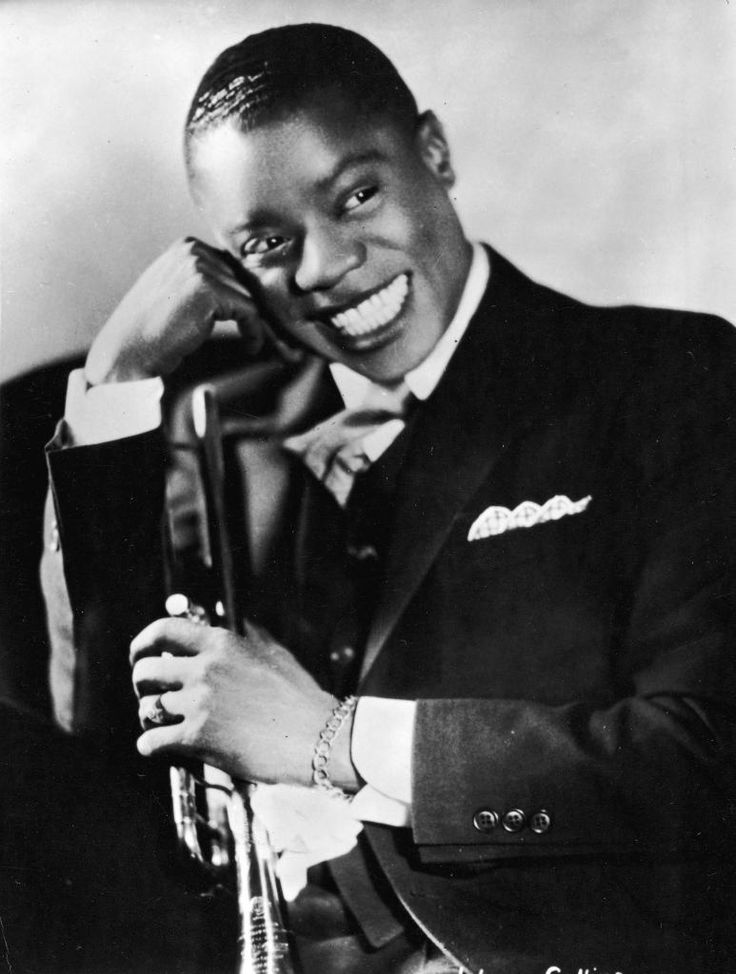
New Orleans, a melting pot of musical styles, played a pivotal role in shaping Armstrong’s musical sensibilities. He immersed himself in the city’s vibrant music scene, absorbing the sounds of ragtime, blues, and gospel. These diverse influences would become the building blocks of his innovative style and unique approach to jazz.
The Early Years of His Career
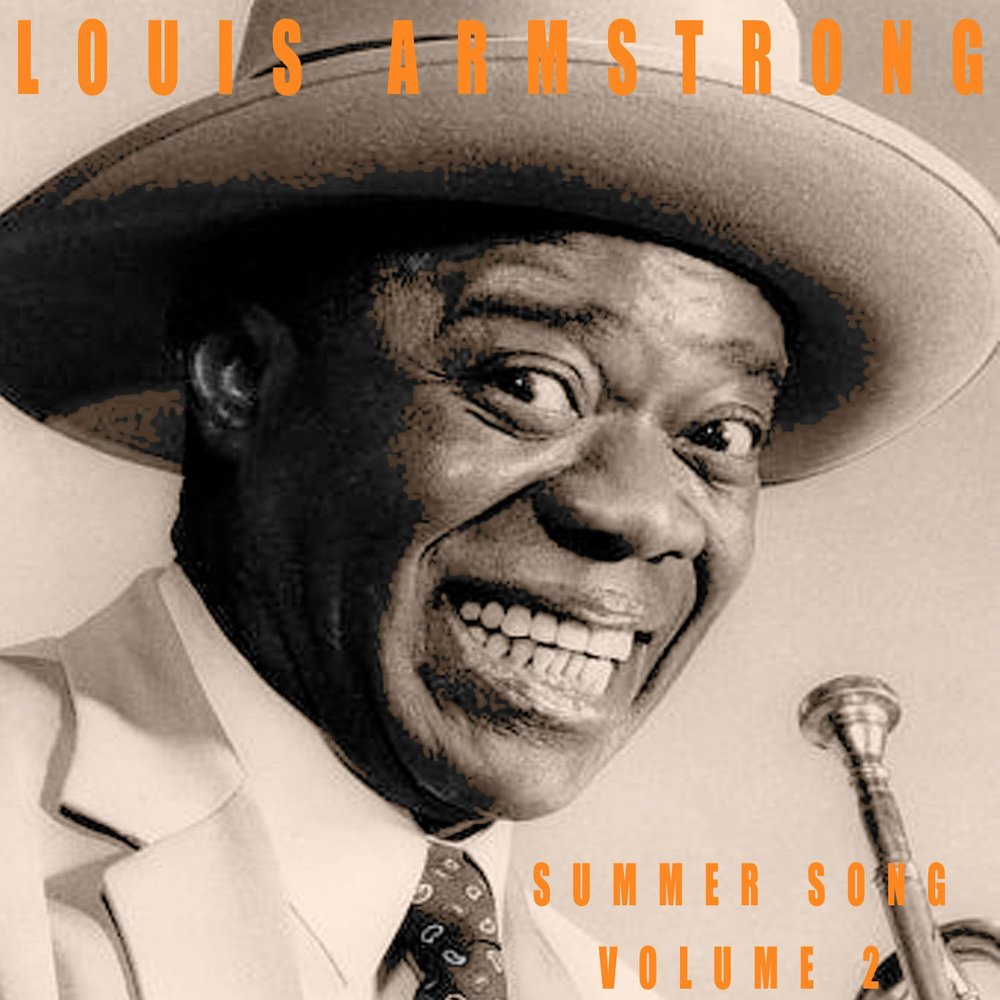
Armstrong’s musical journey took a significant turn in the 1920s when he joined King Oliver’s Creole Jazz Band, one of the most prominent jazz ensembles of the era. Playing alongside Oliver, Armstrong honed his skills and quickly gained recognition for his virtuosic cornet playing and improvisational abilities.
In 1924, Armstrong made a fateful move to Chicago, where he joined Fletcher Henderson’s Orchestra, one of the most influential jazz groups at the time. During his time with Henderson, Armstrong transitioned from the cornet to the trumpet, cementing his status as one of the most skilled jazz instrumentalists of his generation.
It was during this period that Armstrong’s reputation as a jazz innovator began to take root. His groundbreaking use of improvisation and his ability to express emotions through his playing revolutionized jazz and set new standards for instrumental prowess.
The Hot Five and Hot Seven Recordings
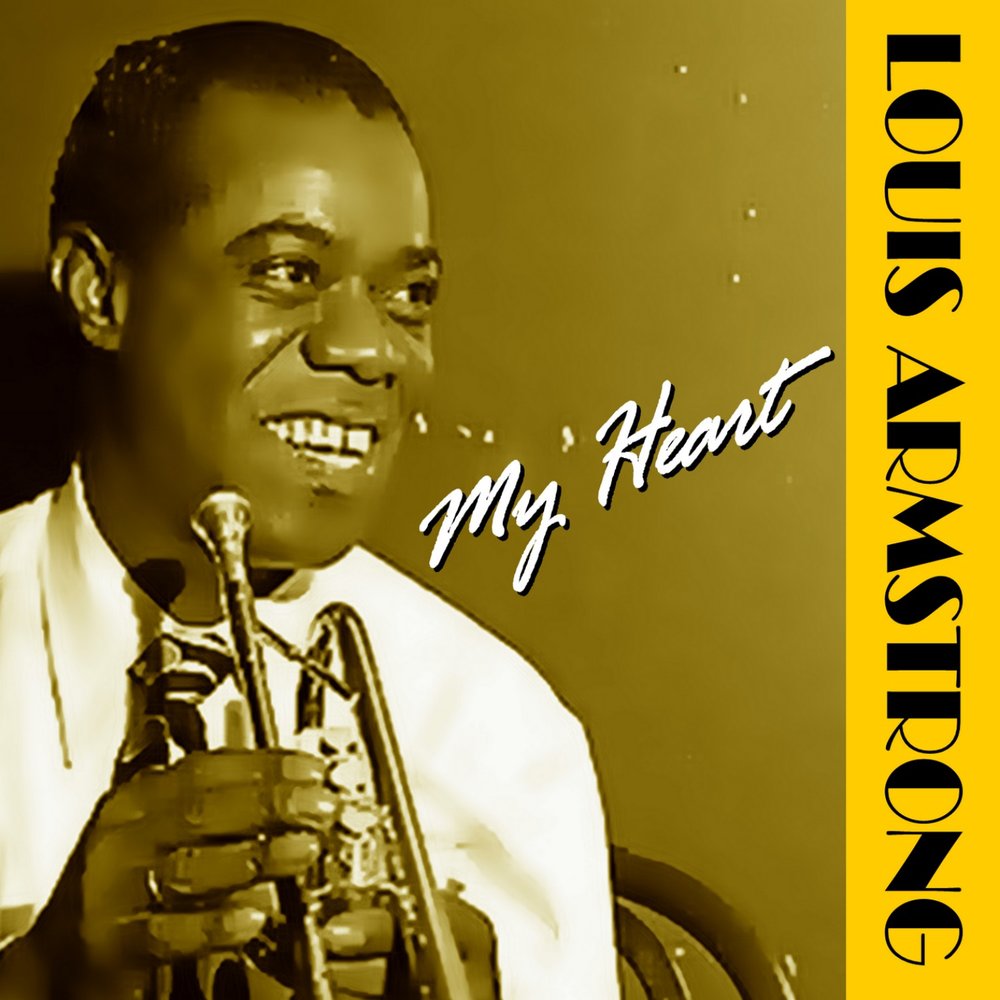
In the late 1920s, Armstrong’s career reached new heights when he formed his own bands, the Hot Five and Hot Seven. These ensembles, featuring some of the finest jazz musicians of the time, recorded a series of groundbreaking sessions that are now considered iconic landmarks in the history of jazz.
The Hot Five and Hot Seven recordings showcased Armstrong’s unparalleled talent as a soloist and bandleader. His ability to improvise effortlessly and create melodic lines that spoke directly to the listener set him apart as a true master of his craft.
Tracks like “West End Blues,” “Potato Head Blues,” and “Struttin’ with Some Barbecue” are prime examples of Armstrong’s genius, with each performance showcasing his powerful trumpet playing and innovative scat singing. These recordings not only solidified Armstrong’s reputation as a jazz legend but also laid the groundwork for future generations of jazz musicians.
Ambassador of Jazz
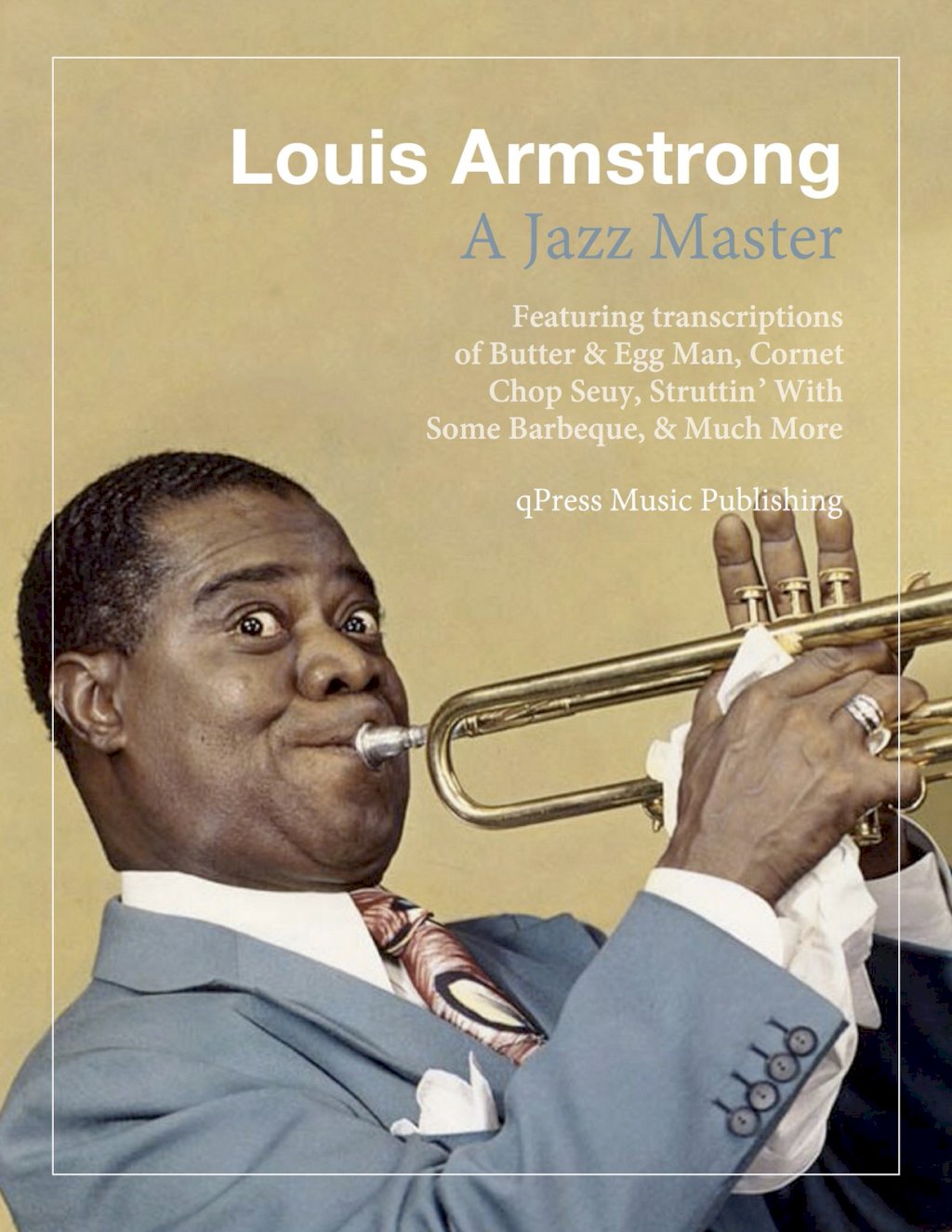
In the 1930s, Louis Armstrong’s fame reached international heights. He toured Europe with his band, the Louis Armstrong Orchestra, captivating audiences with his virtuosic trumpet solos and infectious stage presence. Armstrong’s international tours helped popularize jazz outside of the United States, turning him into an ambassador of the genre.
Throughout his career, Armstrong’s influence extended beyond music. He was a prominent advocate against racial segregation, and his prominence as a black musician in a predominantly white entertainment industry broke down barriers and paved the way for future African American artists.
The Swing Era and Beyond
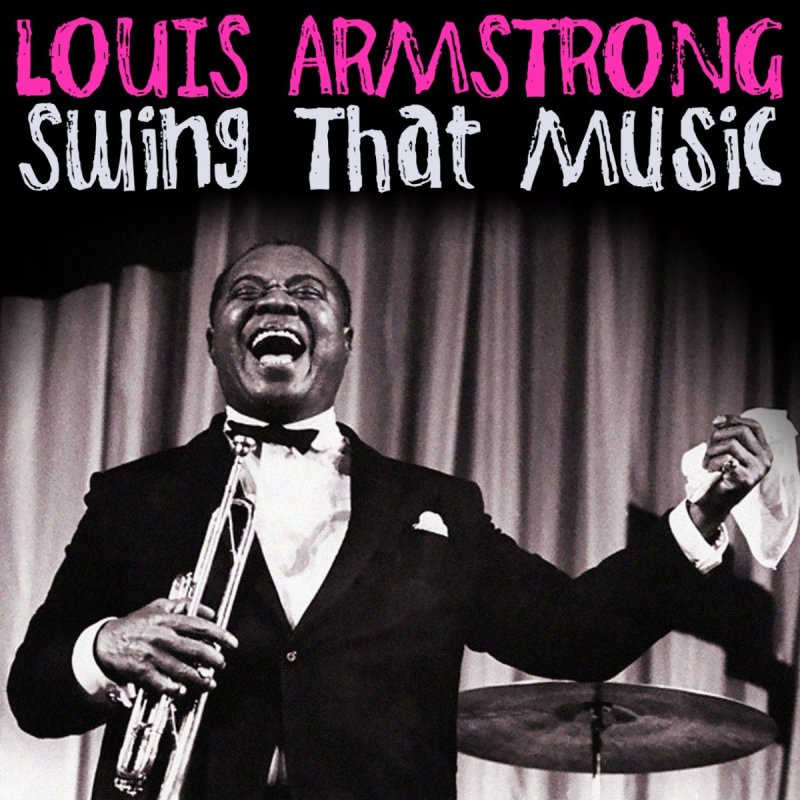
During the swing era of the 1930s and 1940s, Armstrong continued to evolve as a musician and performer. He transitioned from small-group settings to larger big bands, collaborating with luminaries such as Duke Ellington and Ella Fitzgerald. Armstrong’s warm and distinctive voice further expanded his appeal as a vocalist, making him a crossover star with mainstream audiences.
His rendition of “What a Wonderful World” remains one of his most famous recordings and a timeless classic loved by people of all ages. The song’s uplifting message and Armstrong’s heartfelt delivery continue to resonate with listeners worldwide, reinforcing his status as a cultural icon.
The Golden Years and Film Appearances
As Armstrong’s career progressed, he ventured into acting and made several film appearances. His role in the film “High Society” (1956), alongside Bing Crosby and Frank Sinatra, showcased both his musical talent and charisma on the big screen. His appearances in films like “The Glenn Miller Story” (1954) and “Hello, Dolly!” (1969) further solidified his status as a beloved entertainer.
Legacy and Impact
Louis Armstrong’s legacy extends far beyond his lifetime. He is often credited with popularizing jazz as a genre and taking it from the streets of New Orleans to the global stage. His influence on subsequent generations of musicians, from jazz to rock and beyond, is immeasurable.
His innovative trumpet playing and unique vocal style continue to inspire musicians across genres, and many consider him the epitome of jazz artistry. Armstrong’s impact on the music industry earned him numerous awards and accolades, including multiple Grammy Awards and inductions into the Rock and Roll Hall of Fame and the Grammy Hall of Fame.

Moreover, his role as a cultural ambassador and advocate for civil rights further solidifies his place as a transformative figure in American history. Armstrong’s contributions to breaking down racial barriers in the entertainment industry continue to be celebrated, and his commitment to promoting understanding and equality resonate with audiences to this day.
Conclusion
Louis Armstrong’s life and career epitomize the American dream. From humble beginnings in New Orleans to becoming a global jazz icon, Armstrong’s musical journey showcases the transformative power of music and its ability to transcend boundaries.
His influence on jazz, popular music, and American culture at large cannot be overstated. The genius of Louis Armstrong lies not only in his musical virtuosity but also in his ability to connect with audiences on a deeply emotional level. His legacy endures through his recordings, performances, and the profound impact he had on generations of musicians and fans alike.
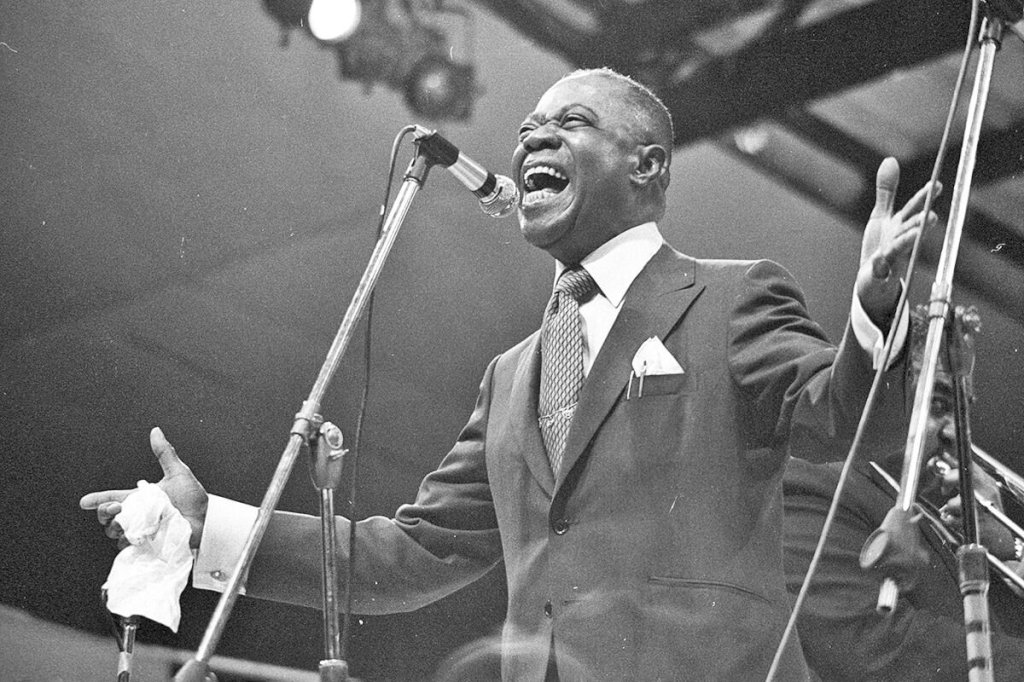
As we celebrate the timeless contributions of Louis Armstrong, we recognize him not only as a jazz legend but also as a beacon of inspiration, whose influence continues to enrich the world of music and touch the hearts of people around the globe.
